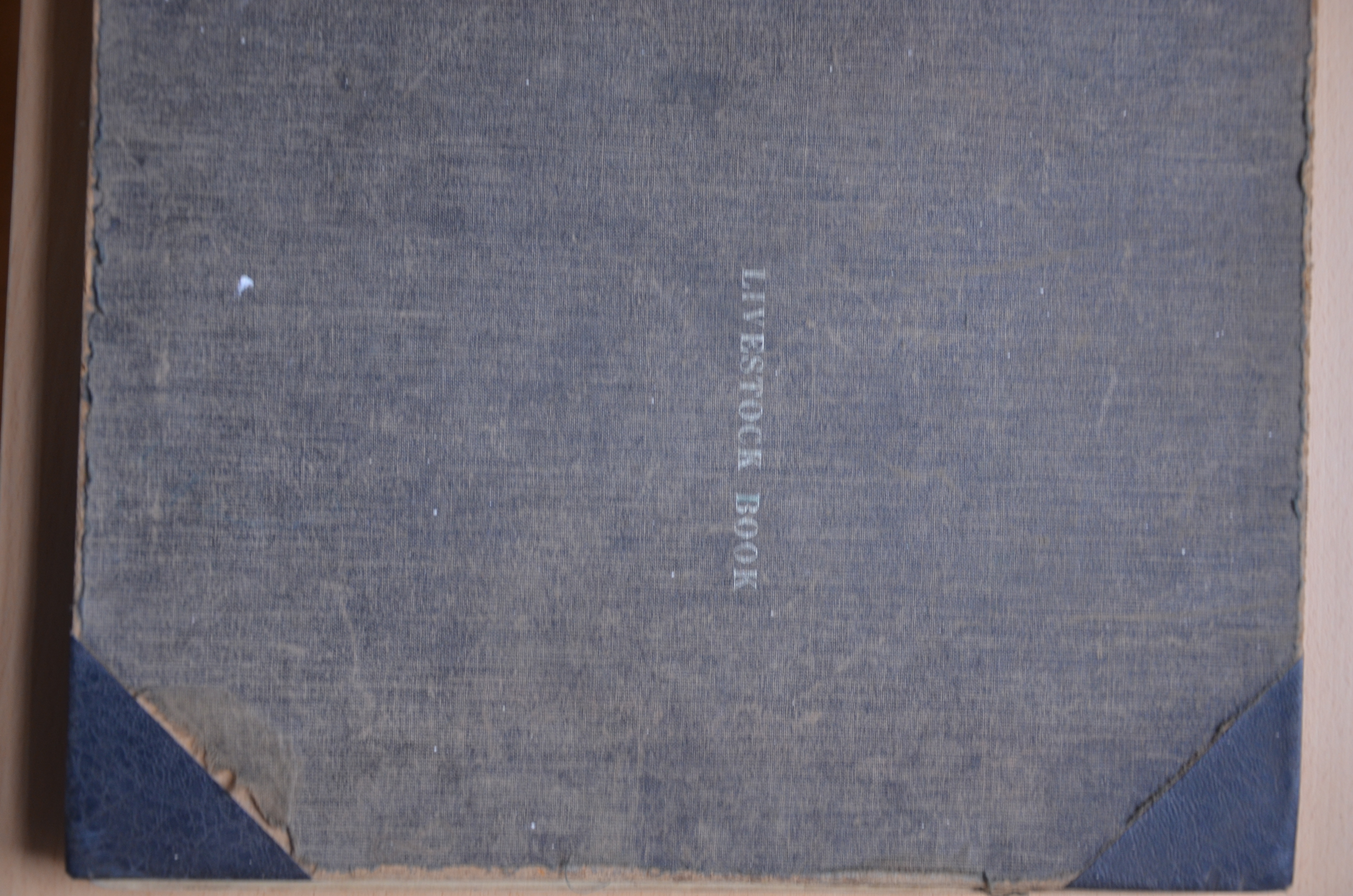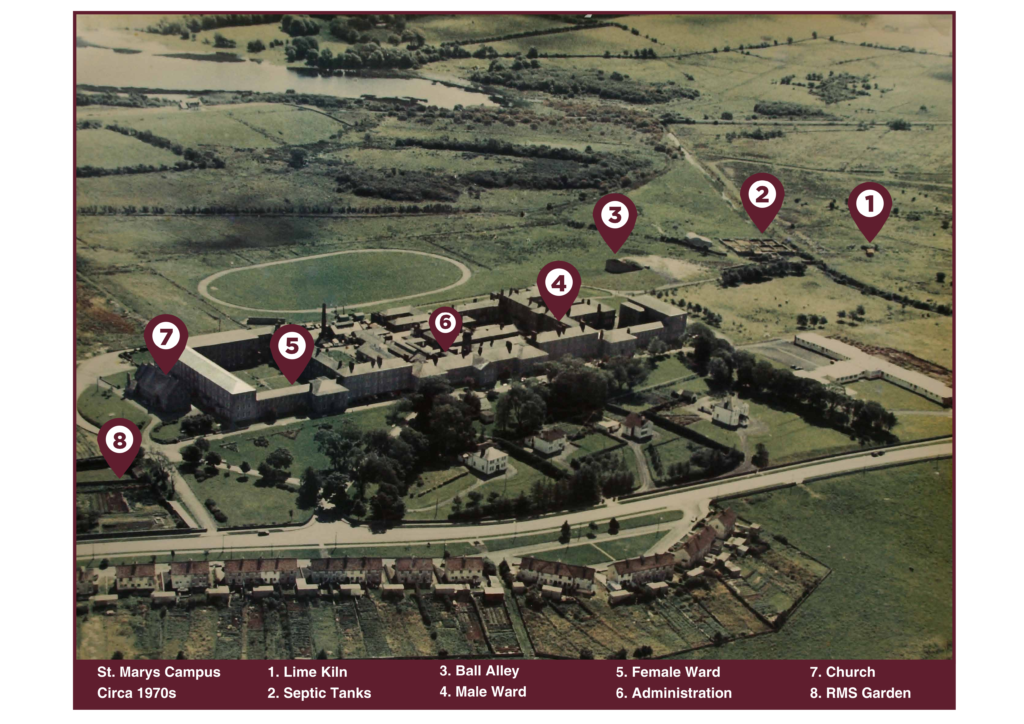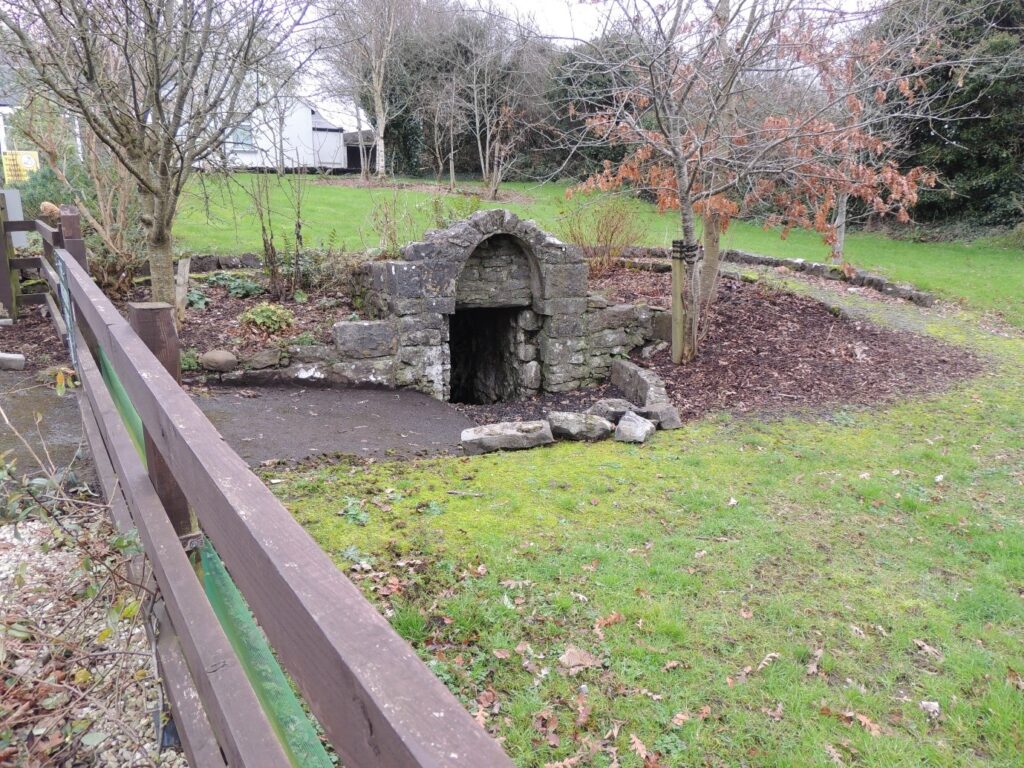
Farming began as early as September 1867 when the Resident Medical Super indent recommended to the Board of Governors that cattle be acquired for the Asylum farm. They would produce on average forty gallons of milk per day, and this would offset the cost of purchasing the milk from a supplier at a cost of £ 30 per month at that time.

The actual amount of land at that time was 48 acres which included the site of the Lunatic Asylum and a ten-acre sports ground at the back of the buildings. At different stages in its history, the hospital had up to 220 acres at its disposal.
Farms were managed by Land Stewards and were provided with accommodation on the hospital grounds The now Castlebar Rural Training Centre is a former Land Stewards house with all amenities including a well for drawing fresh water and extensive vegetable gardens. The first Land Steward Dan Downes was appointed in January 1889 at a rate of pay of £ 300 per annum and retired in October 1928. It’s also worth noting Dr Kelly’s RMS input into farming practices which appear to be groundbreaking at that time.

There was a gradual reduction in the land bank as national policy began to change. The Report of the Inquiry on Mental Illness in November 1966 recommended a change from farm labouring work to industrial therapy projects. Those would have been forerunners to the current rehabilitation and occupational therapy programmes in place today.

The night before the Health Boards were set up the Resident medical Super indent, the secretary and the land Stewart attended a meeting with Mayo County Council and confirmed that the council would be holding on to the Drum Conlon farm. In August 1971 an American factory, now called Baxter was sanctioned and building started immediately on the development.
Another sign of the demise of the farm was the Department of Agriculture has designed a 100-pig unit to be built near the limekiln the remains of the kiln are now in the rubble at the rear of the Halting Site on the new road. The piggery building included a boiler to treat the offal from the kitchen as a directive was received from the Department of Agriculture at that time that all swill should be boiled as it was attributed to a foot and mouth outbreak in England at the time. The project unfortunately never materialised.

This was the end of all the farming activity in Drum Conlon and all the building plans were abandoned. The cluster of buildings around the old gaol area were apparently decorated will black cobblestones and a surrounding eight footwall. The Resident Medical Superintendents Garden by all accounts was similar in design to the garden in Kilmainham gaol. The farm buildings once an Infirmary for the gaol and the bakery once a Fever Hospital for the then St Marys Hospital was bulldozed to make way the expansion of the now Mayo University Hospital.

The Lemmas era saw a move to industrialisation. In 1970 Mayo County Council following the establishment of the then Western Health Board decided to hold on to the lands at Drumconclon for industrial use thus it was no longer available for farming purposes. The following year in 1971 saw the establishment of an American factory Trav enol now Baxter. The Drum Conlon farm is today a thriving industrial park on the Ballinrobe road.